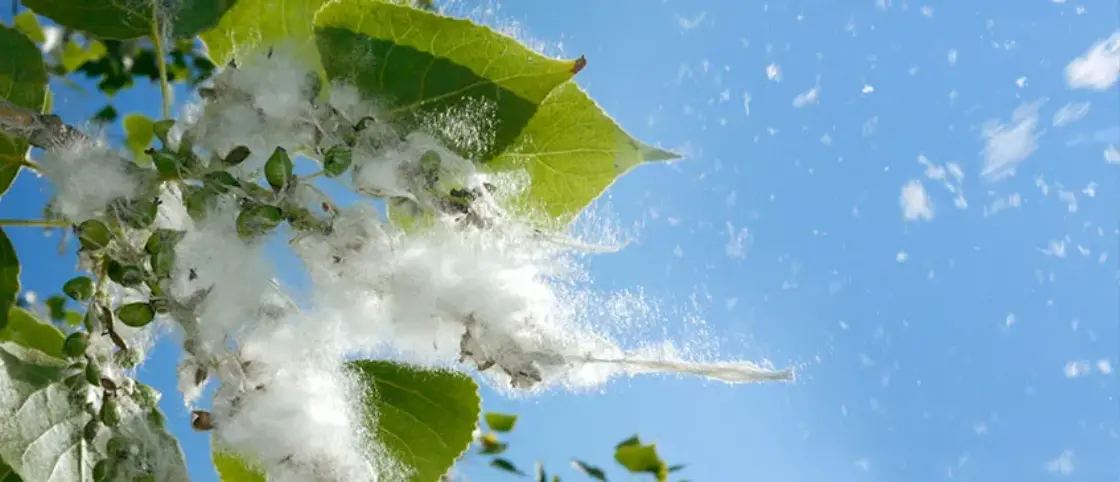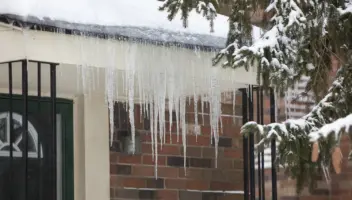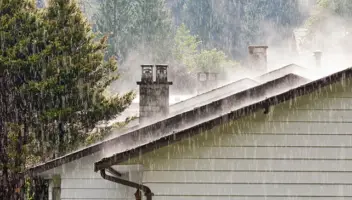The Worst Trees For Your Home

It’s true that trees offer lots of different benefits. Their beauty provides shade and comfort and can improve your surroundings by reducing pollution, lower energy costs, and improving the appearance of your neighborhood. It can be relaxing hanging out on a hammock beneath the shade on a nice summer day.
However, with that in mind, it’s important to realize that some trees are more trouble than they’re worth. To find out what the worst trees are for your home, read on.
White Mulberry
White mulberry trees are weedy, extremely messy, and insect-prone. Their aggressive surface roots will cause your pavement to crack. And, their prodigious amounts of pollen can cause annoying allergies for you and your family. The mulberry tree provides shade that is so dense that grass is unable to grow underneath.
So, what is there to like about the mulberry tree? If you are a silkworm, the answer is, Plenty! The white mulberry is the silkworm’s only source of food, so silkworm farmers should feel free to plant away. Otherwise, you’ll want to stay away from planting white mulberry trees in your own backyard.
Hackberry
The hackberry tree is a weedy, messy tree that you’ll want to refrain from planting in your yard. This tree is home to many insects and diseases, which will put your family at risk. You’ll recognize the hackberry from a distance by its light gray, warty bark on massive trunks. It grows at a rapid pace, reaching 80 feet tall by 60 feet wide. Small, blueish-black fruits spread seedlings all over, which will attract birds from all over.
This tree can grow when nothing else can. It takes drought, heat, poor soil, air pollution and wind. In fact, it thrives in smog and dirty runoff of cities. Mold will grow all over the hackberry, blacking everything under the tree. If you happen to have a hackberry in your yard, hack it down now. It’s one of the worst trees in your yard.
Cottonwood
Cottonwood trees are massive shade trees that can be found all throughout the United States. You’ll recognize this tree by its broad, white trunks. Their bright green foliage happens to turn brilliant yellow in the fall, so although they are aesthetically pleasing, the cottonwood tree can cause many different problems.
First, the cottonwood has a very shallow and soft root system, making it prone to rotting and very unstable during severe storms. A big gust of wind could send this tree to the ground.
Second, aside from the fact that this tree is very brittle, it can also be plagued by insects and diseases, making it more vulnerable to damage. The last thing you want to experience is a cottonwood tree falling on your roof or car after a big storm!
Bradford Pear
Many homeowners regard the Bradford pear as an exotic one – and they are right to some extent. A little over a century ago, the Bradford pear was imported into the US, becoming pretty popular right away. It’s pretty durable and requires little to no maintenance. You’ll notice that the tree is recognized by its bright red leaves, making it incredibly pretty.
However, the Bradford pear is known for being a flower that stinks like tuna. In addition to exuding a very pungent odor, this tree is incredibly fragile, causing a lot of broken limbs and snapping in half during storms. For these reasons, you’ll want to steer clear from planting the Bradford Pear tree in your backyard.
Mimosa Tree
Like the Bradford Pear and the Cottonwood, the mimosa tree is also known to be extremely fragile. In addition to not being a sturdy tree, the mimosa tree is also known to attract webworms. You’ll recognize the mimosa tree by its fluffy pink flowers that open in the early summer. However, as pretty as the flowers are, they only last two weeks. Then, they are replaced by large, ugly seed pods that can germinate an entire neighborhood very quickly, making it one of the worst trees. If you have an option, stay away from planting this weedy, short-lived tree in your yard.
Weeping Willow
The Weeping Willow is easy to pick out from a crowd of trees. Its long, slender branches dip towards the ground, making it look as if it is crying. It is a beautiful tree that many homeowners like in their backyard, however, the weeping willow can cause many problems.
First, the weeping willow requires a lot of water. Its roots will suck out almost all of the water from the soil, which can end up harming any plants that grow around it. Additionally, these massive trees can grow to 75 to 100 feet. If a storm or wind happens to damage it, the tree can cause major damage to your garage, roof, or car.
What trees do you find most annoying? How do you deal with them? Leave us a comment below! We’d love to hear your thoughts.


